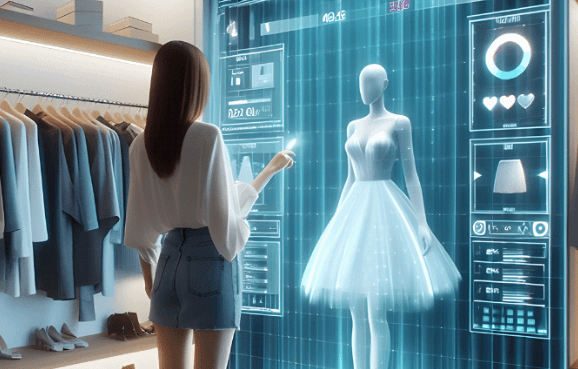The Role of Image Generators in the Fashion Industry

The integration of image generators into the fashion industry signifies a pivotal shift in design methodologies and consumer interactions. These advanced tools not only streamline the creative process but also promote sustainable practices by allowing designers to visualize eco-friendly concepts swiftly. Furthermore, the impact on marketing strategies and consumer engagement is profound, as personalized visual narratives become increasingly essential. As we explore the multifaceted implications of these technologies, it raises critical questions about the future of fashion design and consumer relationships in an ever-evolving technological landscape. What might this mean for the industry’s trajectory?
Impact on Fashion Design
As the fashion industry increasingly embraces technological advancements, the impact of image generators on fashion design is becoming profoundly transformative.
These tools facilitate sustainable design by enabling designers to visualize eco-friendly concepts rapidly. Additionally, they promote creative collaboration, allowing diverse talents to work together seamlessly, breaking traditional barriers.
This synergy not only enhances innovation but also aligns with the industry’s evolving commitment to environmental consciousness.
See also: Text to Image Technology and Its Role in Education
Enhancing Marketing Strategies
The integration of image generators not only revolutionizes the design process but also significantly enhances marketing strategies within the fashion industry.
By enabling brands to create compelling visual narratives, these tools strengthen brand storytelling and refine visual identity.
This innovation allows companies to communicate their values and aesthetics more effectively, capturing consumer attention and fostering deeper connections, ultimately driving engagement and sales.
Consumer Engagement Innovations
While traditional methods of consumer engagement often relied on static imagery and conventional marketing channels, the emergence of image generators has transformed how fashion brands interact with their audiences.
These tools facilitate personalized shopping experiences, allowing consumers to visualize sustainable fashion choices tailored to their preferences.
Future Trends in Fashion Technology
Emerging technologies are poised to reshape the fashion industry significantly, building on the innovations in consumer engagement.
Future trends will likely emphasize sustainable materials, enabling brands to meet environmental demands while appealing to conscious consumers.
Additionally, virtual fitting technologies will enhance personalization, allowing customers to visualize products without physical trials, thereby streamlining the shopping experience and fostering a deeper connection between consumers and brands.
Conclusion
In conclusion, image generators represent a pivotal shift in the fashion industry, weaving together creativity and technology like threads in a tapestry. By enhancing design processes, refining marketing strategies, and fostering deeper consumer engagement, these tools not only amplify innovation but also champion sustainability. As the industry continues to evolve, the integration of such technologies will likely forge new pathways, transforming the very fabric of fashion and its relationship with environmentally conscious practices in an ever-changing landscape.






